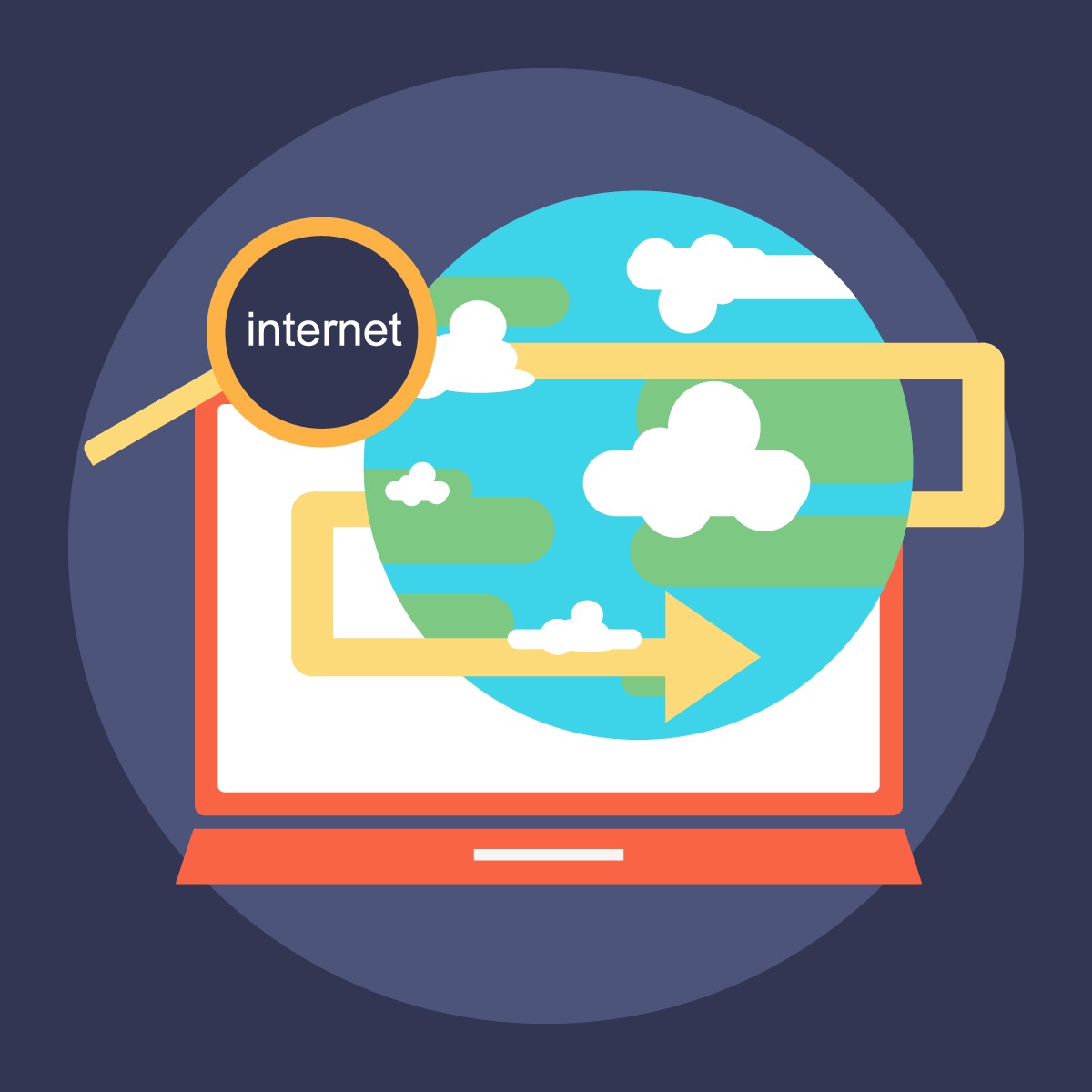You’ve heard people whisper “doge unblocker” in classrooms, coffee shops, and Discord servers, haven’t you? You want the facts, not folklore—plus a path that won’t backfire.
Doge unblocker isn’t a product as much as a nickname for forward-proxy tricks that route your requests through a third party. In practice, a proxy stands between your browser and a blocked site, shuttling traffic like a courier and returning the page to you. (Cloudflare)
Because the proxy sits in the middle, it can observe destinations, timing, and sometimes content. Consequently, convenience can quietly trade away privacy and even violate local rules.
If you’re in a school or library setting in the United States, there’s more. Institutions that take E-Rate discounts must certify compliance with the Children’s Internet Protection Act (CIPA), which includes filtering and an Internet safety policy. Therefore, trying to bypass filters can clash with that compliance obligation. (Federal Communications Commission)
Let’s dissect the tech, clarify the risks, and then sketch safer, policy-friendly alternatives. You’ll walk away with a practical plan.
What it is: Doge unblocker is a term for sites that help you reach pages your network has blocked.
How it works: They sit in the middle, fetch the page for you, and then show it in your browser. A forward proxy stands between you and the target, forwarding requests and potentially logging or altering content. It may bypass filters, but it violates policies and creates privacy/security risks; instead, request sanctioned access under CIPA-compliant workflows.
Why it helps (and the safer route): It may temporarily bypass filters, yet safer, policy-friendly allowlisting and supervised access protect your privacy and compliance long-term.
Table of Contents
What doge unblocker actually is
In everyday speech, doge unblocker means “a site that looks normal but forwards my web requests to blocked destinations.”
Technically, that’s a forward proxy, same as Monkey Unblocker. Your browser communicates with the proxy, the proxy communicates with the target, and the proxy passes the response back.
Because it mediates the session, the proxy may log requests and inject scripts or ads. Moreover, if you authenticate to services during a proxied session, you expand the blast radius if the operator is malicious.
People gravitate to it because it feels instant. However, it’s also brittle—filters adapt, mirrors vanish, and trust evaporates once something looks off.
How it works under the hood
A forward proxy accepts your HTTP/HTTPS request and relays it to the next destination.
With HTTPS, the proxy still sees destination domains and metadata, and in some configurations it can terminate TLS to inspect content.
That “middle seat” creates leverage points. Therefore, proxies can rate-limit you, rewrite responses, or fingerprint devices more easily than you might think.
Now combine that with policy. If your network must filter per CIPA to retain E-Rate eligibility, administrators will tighten controls when they detect proxies, and your account could be flagged.
Quick, sourced stats you should internalize
100% of E-Rate beneficiaries must certify CIPA compliance to receive the discount; filtering and an Internet safety policy are non-optional.
100% of requests that pass through a forward proxy are, by design, mediated by that proxy layer; nothing “skips” the middleman.
These aren’t scare tactics. Instead, they serve as guardrails for making wise choices.
Real-life samples (policy-safe scenarios)
Research exception done right.
A media studies class required age-gated material for documentary analysis. The instructor logged a ticket, IT granted time-boxed access only to the necessary playlist, and the class completed the assignment without incident.
Developer tools behind filters.
A robotics team required GitHub release files that were blocked by category. A sponsor submitted repository URLs, IT allowed releases during club hours, and the logs satisfied audit requirements.
Medical articles mislabeled.
A nursing cohort identified journal subdomains that were incorrectly categorized. A librarian escalated the issue, filters were adjusted, and a published “academic allowlist” prevented repeat issues.
Safer, transparent alternatives you can actually use
Ask for a course-tied allowlist with a clear end date.
Propose a librarian-managed workstation for primary sources that need supervision, including archives or sensitive imagery.
If you’re an educator, publish your unblock workflow and turnaround time.
Additionally, define approval rubrics so requests don’t feel arbitrary, which reduces the cat-and-mouse behavior that fuels doge unblocker use.
If you’re a student, submit a short memo: what you need, why you need it, and for how long.
Attach the syllabus link or assignment prompt, and you’ll usually get a faster “yes.”
Risks you shouldn’t shrug off
Because doge unblocker routes traffic through unknown operators, you inherit their ethics and competence.
Even with HTTPS, metadata leakage, device fingerprinting, and session logging remain real.
Meanwhile, policy violations can trigger account reviews and device checks.
Therefore, short-term convenience can cost you time, access, or credibility later.
You
Browser sends request
“Doge Unblocker”
Proxy relays, can log or alter
Destination
Response returns via proxy
A forward proxy mediates every hop, not just “some.”
| Path | Policy Fit | Speed to Access | Privacy Risk |
|---|---|---|---|
| IT/Librarian allowlist (time-boxed) | Aligned with CIPA/E-Rate | Medium, but predictable | Low, auditable |
| Supervised terminal | Compliant if documented | Medium | Low-Medium |
| “Doge unblocker” proxy | Often violates policy | Variable, fragile | High (logging, injection) |
FAQ-style guidance you can give your class or team
“Is a doge unblocker legal?”
Legality depends on jurisdiction, yet policy is clearer: if your network must filter to keep E-Rate benefits, bypassing filters can jeopardize compliance and your account standing.
“Is a doge unblocker private?”
Not inherently, because a proxy mediates 100% of your requests and can log them unless engineered not to.
“So what should I actually do?”
File an exception request with a purpose, scope, and end date, and propose allowing specific URLs rather than broad categories.
Plain-English takeaways
If Doge Unblocker tempts you, pause and reframe your goal.
Ask for the access you genuinely need, and anchor it to coursework, research, or professional outcomes.
Because you’ll collaborate with administrators, you’ll also build a durable path for classmates after you.
Thus, you replace whack-a-mole with a repeatable, compliant process.

Andrej Fedek is the creator and the one-person owner of two blogs: InterCool Studio and CareersMomentum. As an experienced marketer, he is driven by turning leads into customers with White Hat SEO techniques. Besides being a boss, he is a real team player with a great sense of equality.
